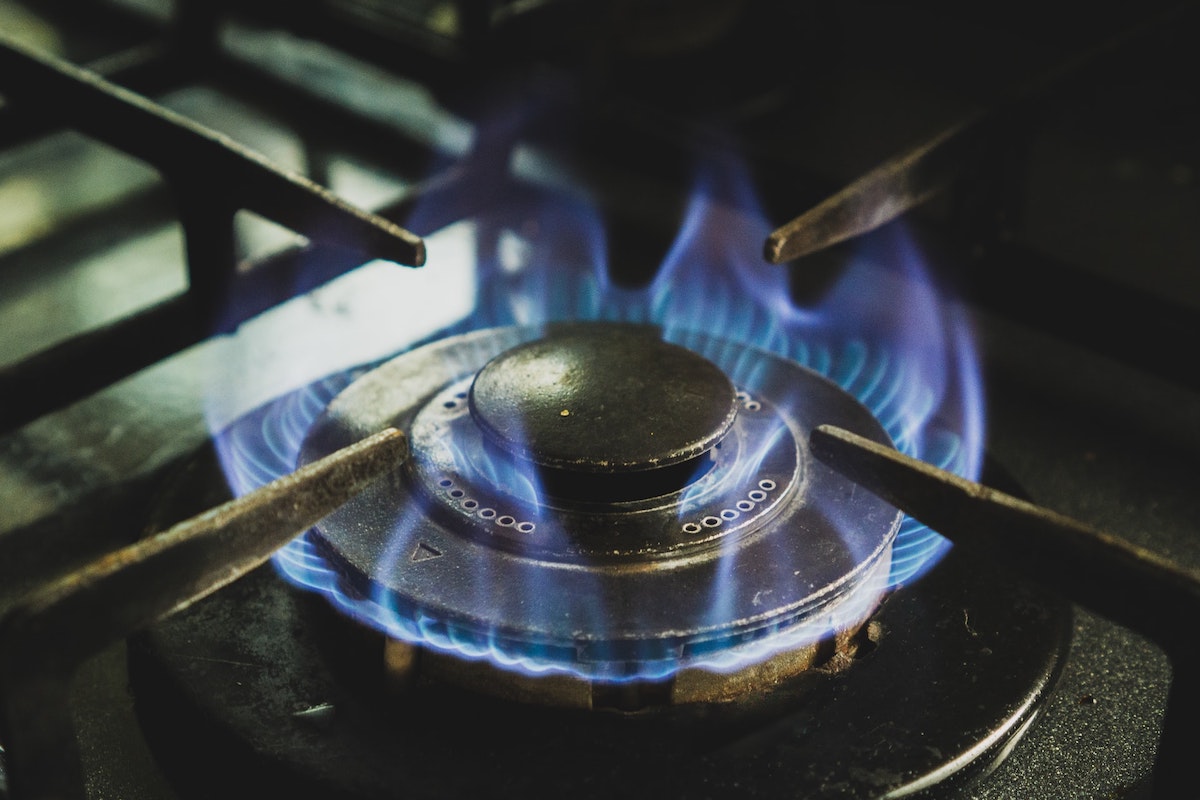Originally published in: The Hindu
Authors: Sangita Vyas, Aashish Gupta
Also appeared in: Policy brief "Ujjwala 2.0: From access to sustained usage," by Collaborative Clean Air Policy Centre
Under the PM Ujjwala Yojana, rural areas that still rely on solid fuel can be encouraged in three ways to use clean fuel When we introduced ourselves to Kishan Kumar Dubey, he remembered that we had visited his home four years ago. Mr. Dubey was a respondent in our study conducted on solid fuel use in 1,550 households between August and December 2018. Wearing glasses, Mr. Dubey sat on his bed in a pucca house with green stone flooring. He was thin and coughed often. On the shelf above him were books neatly wrapped in saffron cloth.
Preference for the chulha
Mr. Dubey had recently received an LPG cylinder and stove through the Pradhan Mantri Ujjwala Yojana. His family could afford to hire labourers to cut wood, and they used the gas stove only to make tea. Dal, sabzi, roti and rice were made by Mr. Dubey’s daughters-in-law on the chulha (earthern/ brick stove). Mr. Dubey believed that food cooked on a chulha was healthier and tastier. In contrast, rotis cooked on gas cause indigestion, he said. He thought that cooking with solid fuels was healthy for the person cooking too: fumes purified the eyes because they caused tears, and in blowing into a traditional stove, a woman did kasrat (exercise). Clearly, Mr. Dubey had never cooked on a chulha.
In another part of the same village in Madhya Pradesh, Rajni Bai, a Dalit woman, had also received LPG through the same scheme. Ms. Rajni’s household did not own any land or animals. She did not have access to dung or agricultural produce to burn in a traditional stove. She appreciated the cylinder and the gas stove. The cylinder lasted her two and a half months. She had used it “carefully”, supplementing it with wood collected from the forest. But when we interviewed her, the cylinder had been sitting empty for 15 days. Ms. Rajni could not afford a refill. The rains had made the wood wet and harder to burn, but she made all the food on her traditional stove made from mud.
Ms. Rajni and Mr. Dubey are at opposite ends of the wealth spectrum, but it would be hard to see this by looking at their cooking fuel. They are not unique. In our survey conducted in 127 villages across four States — Bihar, M.P., Rajasthan, and Uttar Pradesh — we found that the rich were less likely to use a chulha for cooking compared to the poor, but not by much: more than 60% of the richest households had used a chulha yesterday.
Using cleaner fuels such as LPG is essential to reduce rural air pollution and improve health. What can policymakers do to achieve exclusive use of clean fuels in rural India? Three strategies could work: communicating the harms of solid fuels and the benefits of cleaner fuels; reducing the cost of LPG cylinder refills in rural areas; and promoting gender equality within households, particularly in cooking and related tasks.
Using clean fuel
Like Mr. Dubey, 92% of the respondents in the survey said food cooked on a chulha tastes better than food cooked on gas, and more than 86% believed that food cooked on a chulha is healthier. Fortunately, only 22% agreed with Mr. Dubey that cooking food on a chulha is better for the health of the cook than cooking food on gas. Even among those who believed that cooking on a chulha harms health, the harms most often invoked were not respiratory, but to the eyes of the person cooking. A large anti-tobacco style campaign communicating that solid fuels harm respiratory health may change these beliefs. Similarly, advertisements that food cooked on gas can be as tasty and healthy as food cooked on a chulha would be helpful.
Reducing LPG prices in rural areas, where residents are poorer and solid fuels are easier to access, would also help. One way is to build on the targeting experience of the National Food Security Act. Under this Act, 75% of rural households are classified as priority households and entitled to subsidised rations. Another 10% of extremely poor households are classified as Antyodaya households, eligible for higher grain amounts at even lower prices. If priority households could become eligible for even higher subsidies in a revamped LPG pricing regime, and Antyodaya households could become eligible for LPG cylinders free of cost, exclusive LPG use would likely be higher.
Finally, public policy must recognise that in households such as Mr. Dubey’s, if he was doing his share of the cooking, a complete transition to LPG would have happened already. Our survey asked questions on who cooks food, who makes dung cakes, and who collects wood in rural households. Men rarely cook or make dung cakes in rural households. Current Ujjwala messaging, which focuses on the benefits of clean fuels for women, reinforces this inequality. Advertisements showing that gas is so good that even men can cook with it will challenge both misinformation on LPG and gender inequalities in household tasks.
Photo by Kwon Junho.

